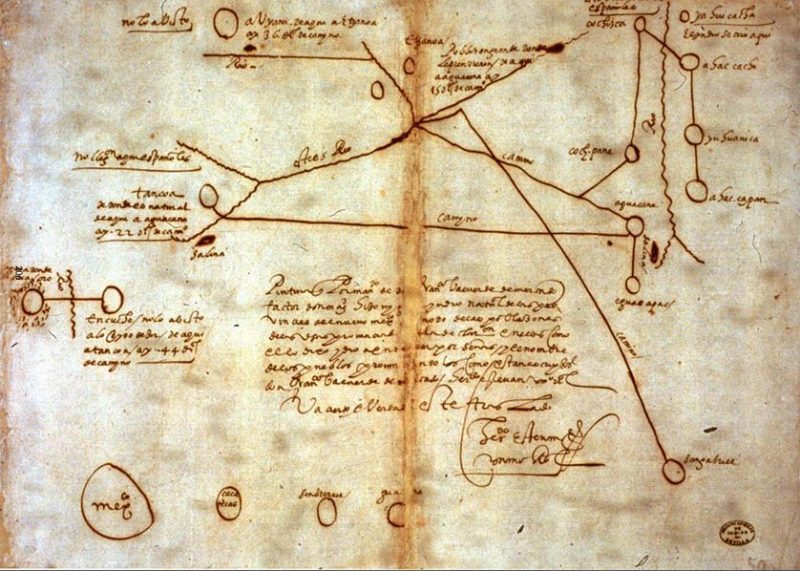Lost Ancient City Discovered In The Heart Of The USA
When speaking about lost cities, the first thing that jumps to mind is a lost city, buried beneath the sands somewhere in Egypt. Or a lost city located somewhere in the most unexplored parts of the Amazon. However, sometimes, lost cities are found in the mundane of places. If you travel to Arkansas City, Kansas you’ll find evidence of one such ancient city.
by Janice Friedman
Archaeologists believe they have come across the city of Etzanoa (the “Great Settlement”), an ancient settlement mentioned by Spanish explorers during the 16th century.

For hundreds of years, the ‘Great Settlement’ is thought to have been the home of more than 20,000 people.
This fact places the city of Etzanoa as one of the oldest native American settlements in the United States, second only to the ancient ‘Pyramid’ city of Cahokia, in central Illinois.
The first accounts mentioning the ancient city of Etzanoa come from Spanish gold-seeking conquistadores.
Translated records from the 1600’s tell the story of Juan de Oñate, a Spanish conquistador, founder, and governor of New Mexico who travelled from New Mexico into southern Kansas, in search of the lost city of Quivira—one of the mythical “Seven Cities of Gold” that were never found.
Juan de Oñate’s expedition was greeted peacefully by the inhabitants of Etzanoa.
However, after the Spaniards started taking hostages, the residents fled.
Eventually, the conquistadores explored the area, and their homes searching for valuables but decided it was too risky as the Natives could attack them at any moment.
Eventually, they decided to return to New Mexico, but de Oñate’s expedition was attacked by one thousand warriors belonging to the Escanxaque tribe.
After suffering heavy losses, the conquistadores returned to New Mexico.
Nearly a century later, French explorers travelled to the region but found nothing. The entire city vanished, and the French found no evidence of the people of the city of Etzanoa.
A Discovery That Changes Early American History
For years have people in present-day Arkansas City come across a number of ancient artefacts like arrowheads, and pottery, but no one was aware of the fact that there was a massive, archaeological gold mine hidden beneath their feet.
That is until Anthropologist and archaeologist professor Donald Blakeslee decided to take a more detailed look.
According to the L.A. Times, Blakeslee used translated documents written by the Spanish conquistadors (the expedition led by Juan de Oñate) who came across the land more than 400 years ago to conclude that these ancient artefacts were the remnants of the Native American lost city of Etzanoa.
“‘I thought, ‘Wow, their eyewitness descriptions are so clear it’s like you were there,’” Blakeslee told the Times about reading the conquistador’s accounts. “I wanted to see if the archaeology fit their descriptions. Every single detail matched this place.”
Based on ancient accounts, maps as well as artefacts that have so far been recorded, it is estimated that the Native American city of Etzanoa was in fact home to a massive population of Native American Indians.
In fact, according to Blakeslee, Etzanoa is most likely the second-largest settlement in the modern-day United States. The city spanned more than 5 miles between the Walnut and Arkansas rivers, where 20,000 people lived in “thatched, beehive-shaped houses.”





